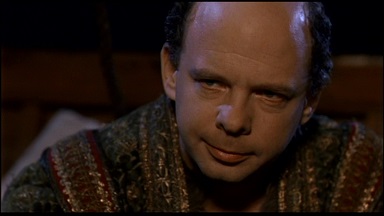
“The Princess Bride” is a movie that almost completely eluded my cognizance until college. I don’t know why that is, as when I told my Mom that I lost a bet forcing me to watch it, she said that she loved it. You think she would have convinced me and my brother to pop it into the VCR as opposed to watching Surf Ninjas for the 27th time. However, I could see myself at that age reacting a bit like the grandson, hearing the title and scoffing at it. I, much like the grandson, would have been sadly mistaken to do such. I was a little hesitant going in, assuming that this was one of those movies that was bolstered moreso by nostalgia than anything else, but I was pleasantly surprised by smart, solid take on a tired story structure.
The story is pretty standard fare here – damsel in distress, true love saves said damsel from evil prince, everyone lives happily ever after. Great. The plot that connects all of it is what impresses me. I like when we have a set of characters where everyone has clear motivations that at least make sense to them and would be a thought a rational person had. No one here is 100% crazy or evil, something you rarely see in movies like these. Everyone is also striving toward some sort of goal, and all those goals fall into place and interconnect in a smart way. We understand why Westley is going through all this trouble, why Inigo feels it necessary to rescue Westley, & why Humperdinck is agreeing to marry a common girl. Every important plot-driving decision has compelling evidence for why it is happening. In fact, the smart plotting actually forced me to hold the movie up to a bit too high of a standard, as it did become even more grating when things did not make sense. How did Inigo know that Westley was being held for trying to rescue his true love from the prince? What was Fezzik’s deal? How did the prince go about choosing Buttercup? Why did Rugen and Inigo’s father fight in the first place and he’s now just coincidentally a count for the prince? I don’t think the movie needs to be that much longer to explain a lot of this. A handful of throwaway lines clears up most of it. If there is anything to really complain about, it would be the portrayal of the princess bride herself, who is a boring damsel through and through, not even given a real name in the credits. She takes zero initiative and her entire being is completely consumed by Westley. It’s too bad too, because Robin Wright is actually really good in the role.
Speaking of Wright, in terms of performances, everyone brought their A game. Cary Elwes as Westley and Mandy Patinkin as Inigo stood out big time. Elwes played the self-assured hero extremely well – his performance made me think that I probably could revisit Robin Hood: Men In Tights and still find it enjoyable. Patinkin as Inigo was a fun character who got to do quite a few different things, and he did them all well.
Several scenes within the movie were also highly enjoyable. Westley’s trials to best Inigo, Fezzik, and Vizzini were all fantastic scenes. The duel between Westley and Inigo might be one of my all-time favorite fight scenes now – it actually made the Inigo/Rugen duel feel very anticlimactic unfortunately. There are several solid gags as well, much better than I’ve come to expect from 80’s movies, as so many movies from that decade have aged poorly based off our usual picks.
Before ending the review, one minor pet peeve I have to bring up – what world is this taking place in? There’s clearly a magical quality to it, yet Inigo is from Spain and the poison is from Australia. Is this some sort of parallel earth with magic? Is it our world yet magic existed? It doesn’t detract from the experience, but I found it odd.
The Princess Bride deserves its “classic” status. It’s an old story told impressively. It’s understandable after one viewing why it’s quotable and in the zeitgeist. It’s definitely not a perfect movie by any stretch of the imagination, but it is highly enjoyable and rewatchable for sure. I’m glad it’s in my movie vocabulary now.
+ Well-done version of an old story
+ Lot of great scenes
+ Performances were all spot-on
- Princess Bride is a boring character
- Needed more explanation to be fully realized
Grade: A-
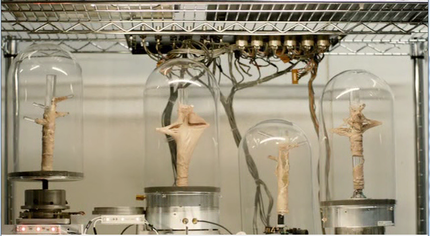
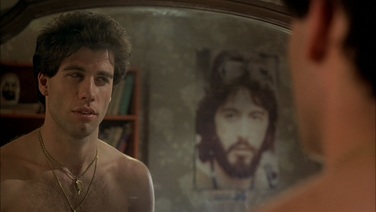
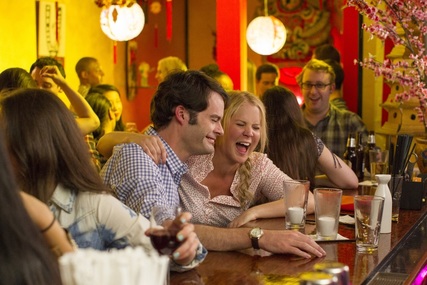
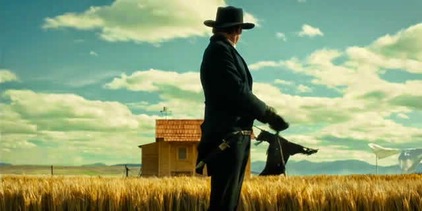
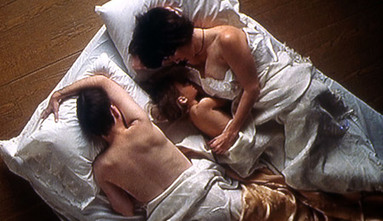
 RSS Feed
RSS Feed